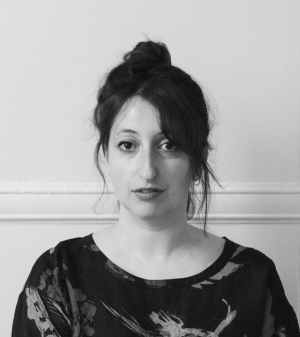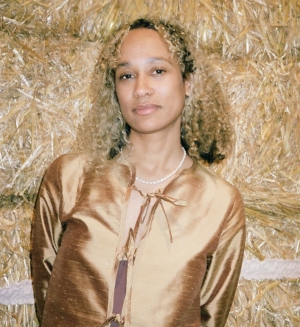Anahita Norouzi, MFA 13
A sculpture of a severed Persian warrior’s head — smuggled from Iran and stolen from the Montreal Museum of Fine Arts — has landed in some unexpected places, including on an IKEA shelf in an Edmonton apartment.
This story has inspired what multidisciplinary artist Anahita Norouzi will present at the MNBAQ exhibit this fall.
“I’m interested in sound, image, land, violence and history as elements of an active archive, and time travel as a historical method,” she says. “My work serves as a means to ask questions that are most often inconvenient or unwanted.”
Norouzi describes herself as an artist who makes situations, objects and encounters. She came from Iran to study at Concordia.
”Commuting between Iran and Canada is central to my practice, which lies at the intersection of colonial histories, experiences of immigration and displacement, and the issue of identity and memory,” she says. “I explore these concepts in relation to my dichotomous condition as an immigrant navigating between two locations, two cultures and two identities.”
Norouzi is also a finalist for the 2023 Sobey Art Award, one of Canada’s most generous prizes in contemporary art recognizing emerging Canadian artists.


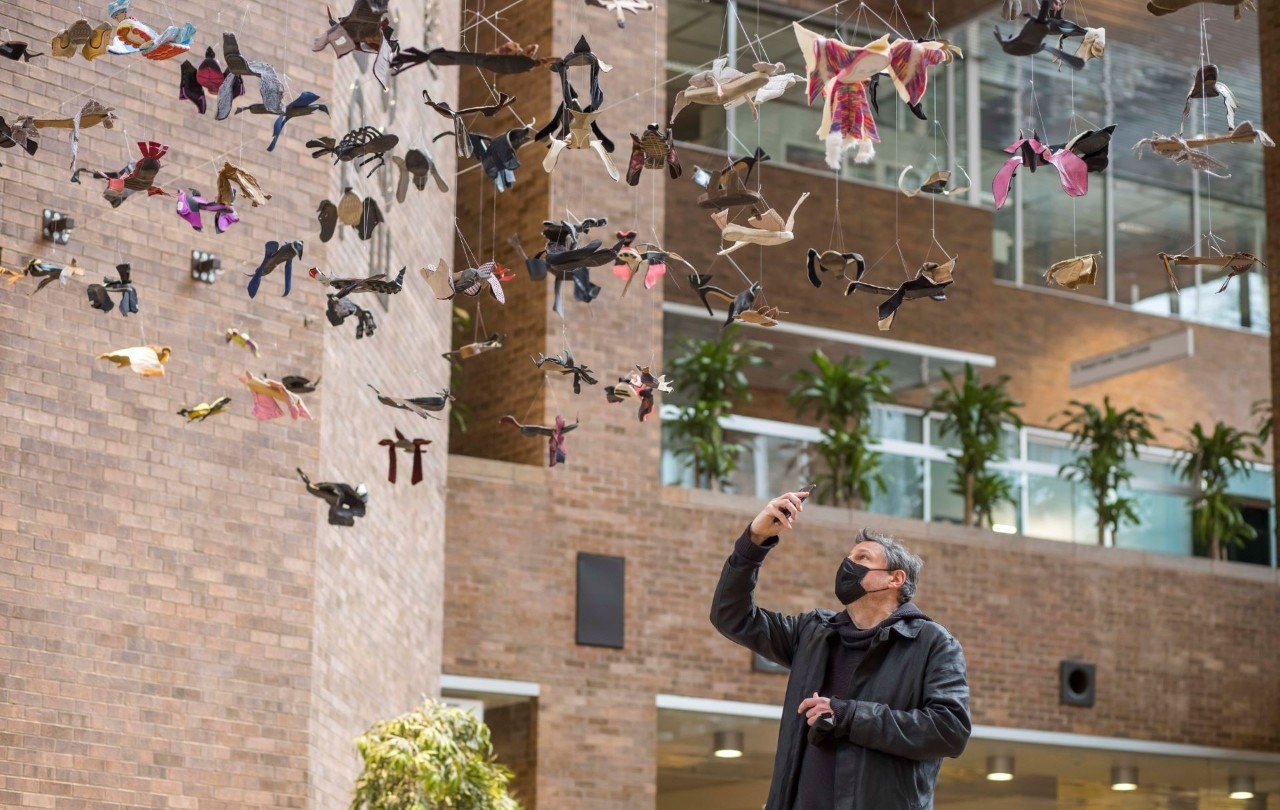 "Passing" by Maria Ezcurra | Photo: Thierry du Bois
"Passing" by Maria Ezcurra | Photo: Thierry du Bois
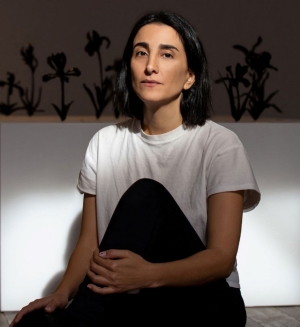 Photo: Nooshin Bahr
Photo: Nooshin Bahr
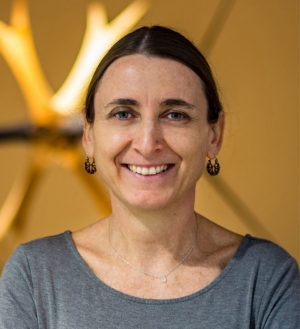 Photo: Freddy Arciniegas
Photo: Freddy Arciniegas
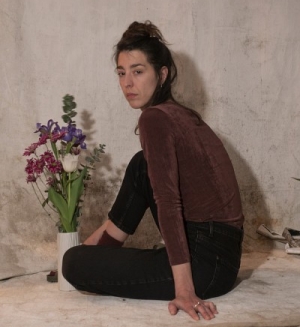 Photo: Sara Tremblay
Photo: Sara Tremblay
